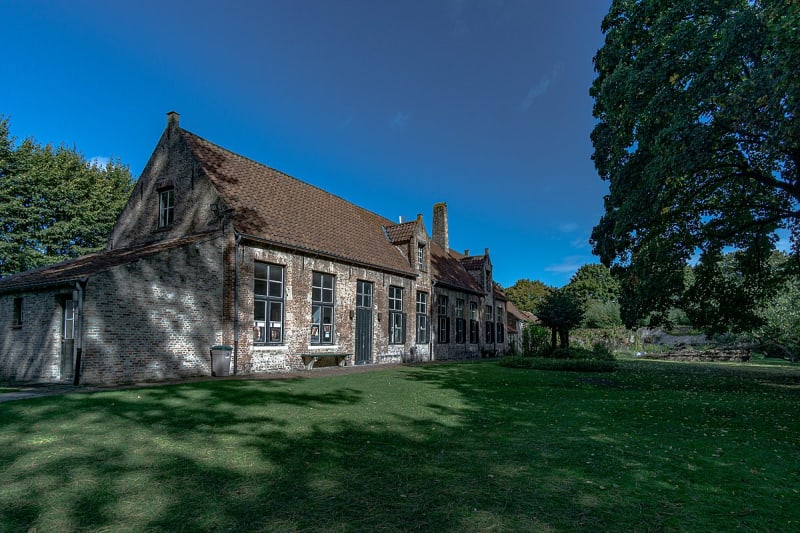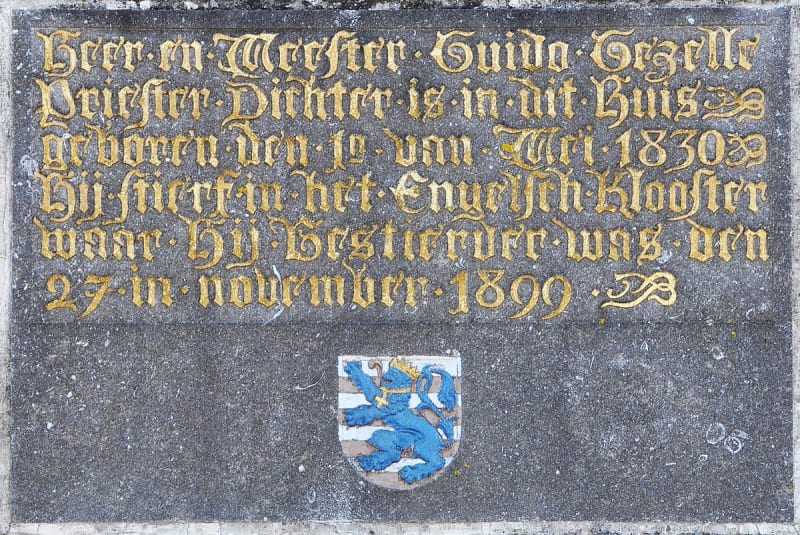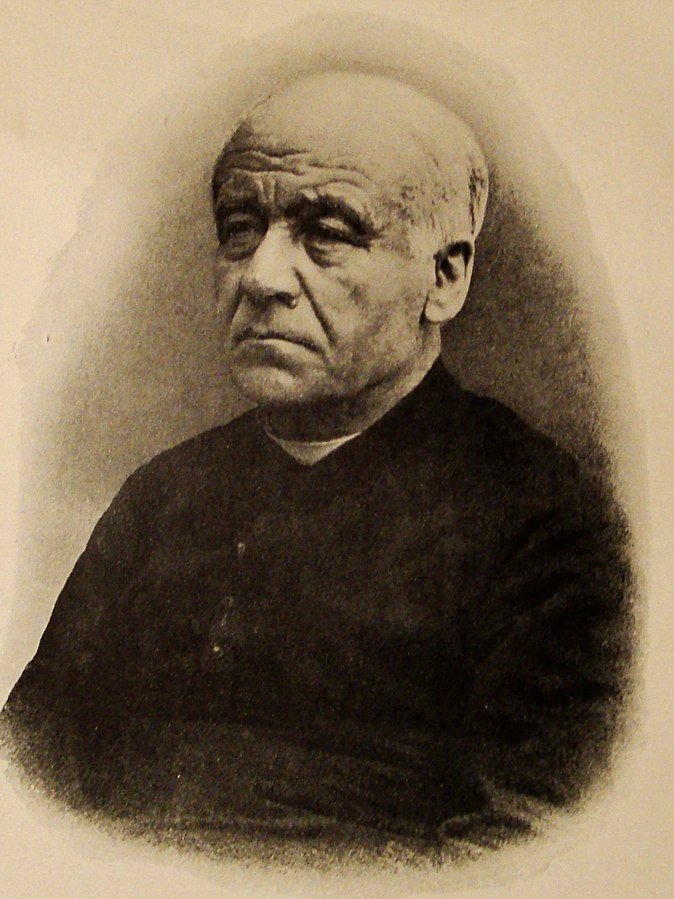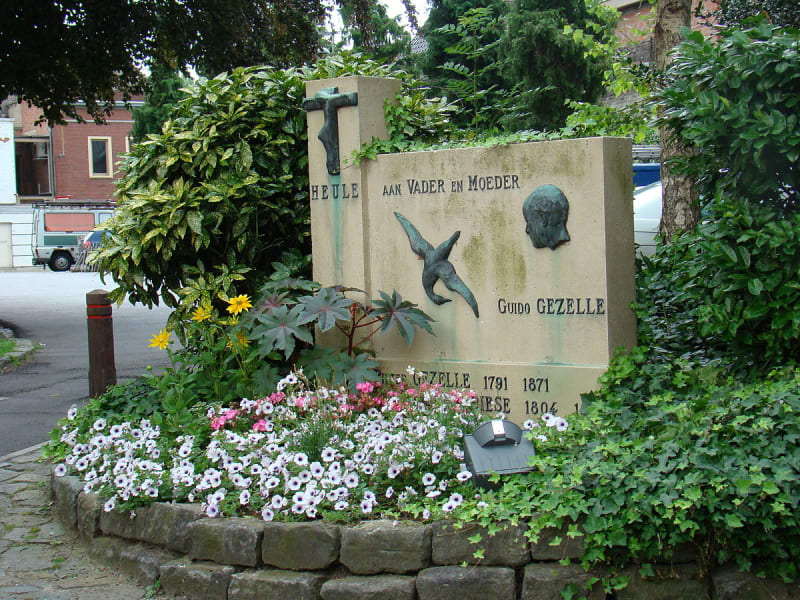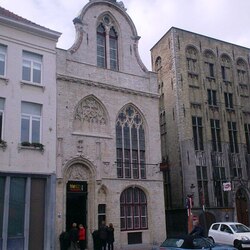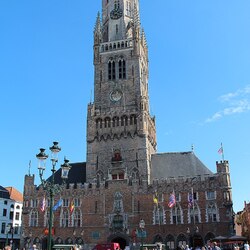Guido Geselle Museum
The Guido Geselle Museum tells about the work of the Flemish poet and shows how the life of people in the middle and end of the 21st century was arranged. This institution gathers connoisseurs of the poet's work and everyone who loves or studies poetic art. However, the entrance is free for anyone who wants to see the exhibits.
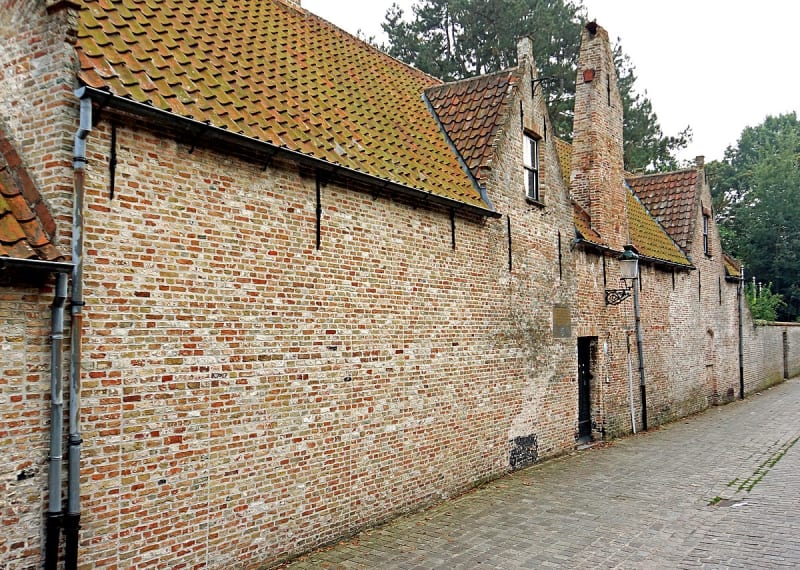
The History of the Guido Geselle Museum
The poet was born in Bruges, his mother is from a simple peasant family, his father is a city gardener. Guido was a Catholic priest by profession. Due to his inquisitive and lively mind, he was fluent not only in his native language, but also in 15 other languages, some of which were ancient. He had an excellent education, he diligently devoted himself to science.
The guide at the Guido Geselle Museum can tell you that at the dawn of his poetic work he was not accepted, because at that time most of the authors wrote in the style of romanticism, and his works were written in "living" verse. He did not write anything for 30 years, but later he became practically the founder of the current trend in poetry.
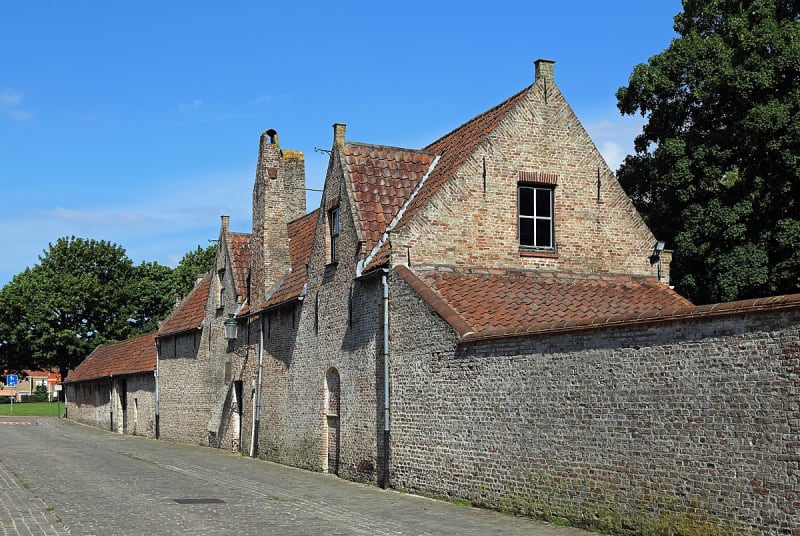
Time is changing, and people's tastes are changing after it, as it turned out, Gazelle's poems were slightly ahead of their contemporaries. So, already at an advanced age, he gained not only recognition, but also associates and followers. He created a school of poets who wrote in vivid and vivid language, leaving behind a great legacy. There is a lot of nature, air, colors and movement in his work. He also described peasant life, which was simple and understandable, and he saw beauty and harmony in it. He wrote his works in Dutch, with a focus on the West Flemish dialect.
He died in his home at the age of 69, and a monument was erected posthumously in his small courtyard, which is also a gathering place for the creative intelligentsia of the city.
Features of the Guido Geselle Museum
It was opened in the poet's native home, where he had lived since birth. The furnishings in some rooms have been preserved since those times, there are even Gazelle's personal belongings, but everything is quite modest. Visitors to the Guido Geselle Museum can also get acquainted with his work, which will be especially interesting for connoisseurs. There are books, and books that he has read, as well as documents that he has worked with.
There is a neat garden next to a small red brick house, because the poet's father was a gardener. Guido Gazelle's monument stands among the beautiful flowers.
Entrance to the Guido Geselle Museum is free for everyone. Even for those who are not familiar with the poet's work, it will be interesting to look at the way of life of ordinary residents of Bruges at the end of the 19th century.


